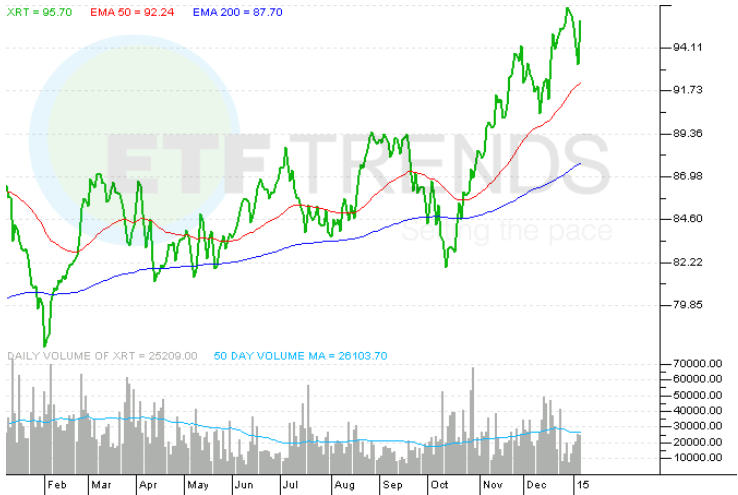The Gold Showdown ETFs V Yahoo She Philippines
Post on: 5 Июнь, 2015 No Comment

In 2004, the first exchange-traded fund (ETF) specifically developed to track the price of gold was introduced in the United States. It was touted as an inexpensive alternative to owning physical gold or buying gold futures, and since its introduction ETFs have become a widely accepted alternative. Many investors look to certain gold-specific ETFs as a convenient and exciting way to participate in gold without having to be exposed to the risks of physically purchasing bullion or becoming savvy on how gold futures operate. However, what many investors fail to realize is that the price to trade ETFs that track gold may exceed their convenience, and that trading gold future contracts may be a better alternative under the right circumstances. In this article well explore whether its better to invest in gold ETFs or to go with the more traditional gold futures.
An investment in an ETF, that tracks gold prices, does not consist of actual gold ownership on the part of the shareholders. An investor cannot make a claim on any of the gold shares and under IRS law, their ownership in the ETF represents an ownership in a collectible. Despite the fact that the managers of gold ETFs do not make investments in gold for their numismatic value. nor do they seek out collectible coins, the shareholders investment is treated as a collectible. This makes long-term investing in gold ETFs (for one year or longer) subject to a relatively large capital gains tax (maximum rate of 28%, rather than the 15% rate that is applicable to most other long-term capital gains). In order to avoid this tax implication, investors often exit their positions before a year, which diminishes their ability to profit from any multiyear gains that may occur in gold.
ETFs that track gold are also exposed to a host of company risks that have nothing to do with the actual fluctuation in golds value. In the SPDR Gold Trust prospectus, for example, the trust can liquidate when the dollars in the trust fall below a certain level, if the net asset value (NAV) drops below a certain level, or by agreement of shareholders owning at least 66.6% of all outstanding shares. These actions can be taken regardless of whether the gold prices are strong or weak.
Fees, Fees and More Fees
Finally, gold ETFs are inherently diminishing investments. Because the gold itself produces no income and there are still expenses that must be covered, the ETFs management is allowed to sell the gold to cover these expenses. Each sale of gold by the trust is a taxable event to shareholders. That means that a funds management fee along with any sponsor or marketing fees must be paid by liquidating assets. This diminishes the overall underlying assets per share, which, in turn, can leave investors with a representative share value of less than one-tenth of an ounce of gold over time. This can lead to discrepancies in the actual value of the underlying gold asset and the listed value of the ETF.
Given these drawbacks, many ETF investors turn their attention to trading gold futures.
Think About Gold Futures
The risks that gold-focused ETFs have are not seen in gold futures. Gold futures, in comparison to the ETFs, are fairly straightforward. Investors are able to buy or sell gold at their discretion. There are no management fees, taxes are split between short-term and long-term capital gains, there are no third parties making decisions on the investors behalf and at any time investors can own the underlying gold. Finally, because of margin, every $1 thats put up in gold futures can represent $20 or more worth of gold.
For example, while a $500 investment in an ETF such as SPDR Gold Shares (ARCA:GLD ) would represent half of an ounce of gold (assuming gold was trading at $1,000), using that same $500 an investor can have a mini-futures gold contract that represents 33 ounces of gold. The drawback to this kind of leverage is that investors can both profit and lose money based on 33 ounces of gold. Couple the leverage of futures contracts with their periodic expiration and it becomes clear why many investors turn to an investment in an ETF without really understanding the fine print.
More From Investopedia














